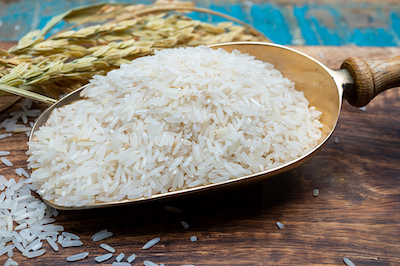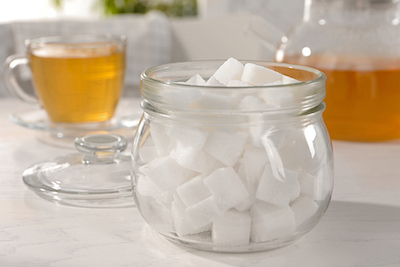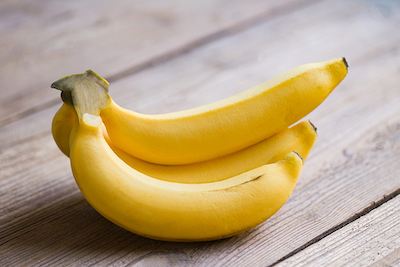Rice is a staple food for billions of people worldwide, with a rich variety of strains and types available for consumption. Among these varieties, Jasmine and Basmati are two of the most popular types of rice, widely appreciated for their distinctive flavour, aroma, and texture. This article aims to provide an in-depth comparison between Jasmine and Basmati rice, discussing their origin, characteristics, nutritional value, and culinary applications. By the end of this article, you will have a better understanding of the differences between these two types of rice and which one may be more suitable for your needs.
- Origin and Cultivation
Jasmine Rice:
Jasmine rice, also known as Thai fragrant rice, originates from Thailand, where it has been cultivated for centuries. This type of rice is primarily grown in the northeastern part of the country, in provinces such as Ubon Ratchathani, Surin, and Buriram. The unique climate and soil conditions in these regions contribute to Jasmine rice’s distinct flavour and aroma. Jasmine rice has gained popularity across the world, and today, it is also cultivated in countries such as Cambodia, Laos, and Vietnam.
Basmati Rice:
Basmati rice, on the other hand, is native to the Indian subcontinent. It has been grown for centuries in the foothills of the Himalayas, mainly in the Indian states of Punjab, Haryana, and Uttar Pradesh, as well as in Pakistan. The word “Basmati” is derived from the Hindi word “basmat,” which means “fragrant.” Like Jasmine rice, Basmati rice’s unique characteristics can be attributed to the region’s specific soil and climate conditions.
- Physical Characteristics
Jasmine Rice:
Jasmine rice is characterized by its slightly sticky texture and a beautiful, pearly-white colour. The grains are medium to long in size, and when cooked, they tend to stick together due to their higher starch content. Jasmine rice is also known for its aromatic, floral scent, which is reminiscent of jasmine flowers or pandan leaves.
Basmati Rice:
Basmati rice is characterized by its long, slender grains, which can be almost twice as long as those of Jasmine rice. It has a unique, nutty aroma and a more delicate, non-sticky texture when cooked. Basmati rice grains elongate and remain separate during the cooking process, which is why they are often used in dishes that require a fluffy, non-sticky texture.
- Nutritional Value
Both Jasmine and Basmati rice are similar in terms of their macronutrient content, providing carbohydrates, protein, and negligible amounts of fat. However, there are some slight differences in their nutritional profiles.
Jasmine Rice:
- Caloric content: A 100g serving of cooked Jasmine rice contains approximately 150 calories.
- Protein content: Jasmine rice contains around 3g of protein per 100g serving.
- Glycemic index: Jasmine rice has a relatively high glycemic index (GI) of around 68-109, which means that it can cause a rapid increase in blood sugar levels after consumption.
Basmati Rice:
- Caloric content: A 100g serving of cooked Basmati rice contains roughly 148 calories.
- Protein content: Basmati rice contains slightly more protein than Jasmine rice, with approximately 3.5g per 100g serving.
- Glycemic index: Basmati rice has a lower glycemic index (GI) than Jasmine rice, ranging from 50 to 58, making it a better option for individuals who need to manage their blood sugar levels.
- Culinary Applications
Jasmine Rice:
Jasmine rice’s slightly sticky texture makes it an ideal choice for various Southeast Asian dishes, particularly those from Thailand, Laos, and Cambodia. Its aromatic quality and tender consistency perfectly complement the bold flavours and spices typical of these cuisines. Jasmine rice is commonly used in dishes such as Thai green curry, khao pad (Thai fried rice), and khao niew ma muang (Thai mango sticky rice dessert). It is also a popular accompaniment to stir-fried dishes, grilled meats, and various curries.
Basmati Rice:
Basmati rice’s unique, fluffy texture and nutty aroma make it the preferred choice for many Indian, Pakistani, and Middle Eastern dishes. Its ability to retain its shape and remain separate when cooked lends itself well to dishes like biryani, pilaf, and pulao, where the rice is often mixed with a variety of spices, vegetables, and meats. Basmati rice is also commonly served as a side dish with curries, grilled meats, and stews. Additionally, its delicate flavour makes it suitable for sweet dishes like rice pudding or kheer.
- Health Considerations
Both Jasmine and Basmati rice can be part of a balanced diet; however, some health considerations should be taken into account when choosing between the two varieties.
For individuals with diabetes or those who need to manage their blood sugar levels, Basmati rice may be a better choice due to its lower glycemic index. The lower GI of Basmati rice can help prevent rapid spikes in blood sugar levels and contribute to better overall blood sugar control.
For individuals looking to incorporate more whole grains into their diet, both Jasmine and Basmati rice are available in brown rice varieties. Brown Jasmine and Brown Basmati rice retain their outer bran layer, providing more dietary fiber, vitamins, and minerals compared to their white counterparts. Brown rice varieties also have a lower glycemic index, making them a healthier option for individuals concerned about blood sugar levels.
- Price and Availability
Both Jasmine and Basmati rice are widely available in grocery stores, supermarkets, and specialty stores. However, Basmati rice is often considered a premium variety and may be more expensive than Jasmine rice. The price difference can be attributed to the unique cultivation process, regional exclusivity, and the fact that Basmati rice often undergoes an aging process, which enhances its flavour and aroma.
In summary, Jasmine and Basmati rice are two distinct varieties of rice that differ in their origin, physical characteristics, nutritional value, and culinary applications. Jasmine rice, known for its slightly sticky texture and floral aroma, is a staple in Southeast Asian cuisine, while Basmati rice, with its long, slender grains and nutty flavour, is a popular choice in Indian, Pakistani, and Middle Eastern dishes. While both types of rice can be part of a balanced diet, Basmati rice’s lower glycemic index may make it a more suitable option for individuals concerned about blood sugar levels. Ultimately, the choice between Jasmine and Basmati rice will depend on personal preference, dietary needs, and the specific dishes you wish to prepare.














